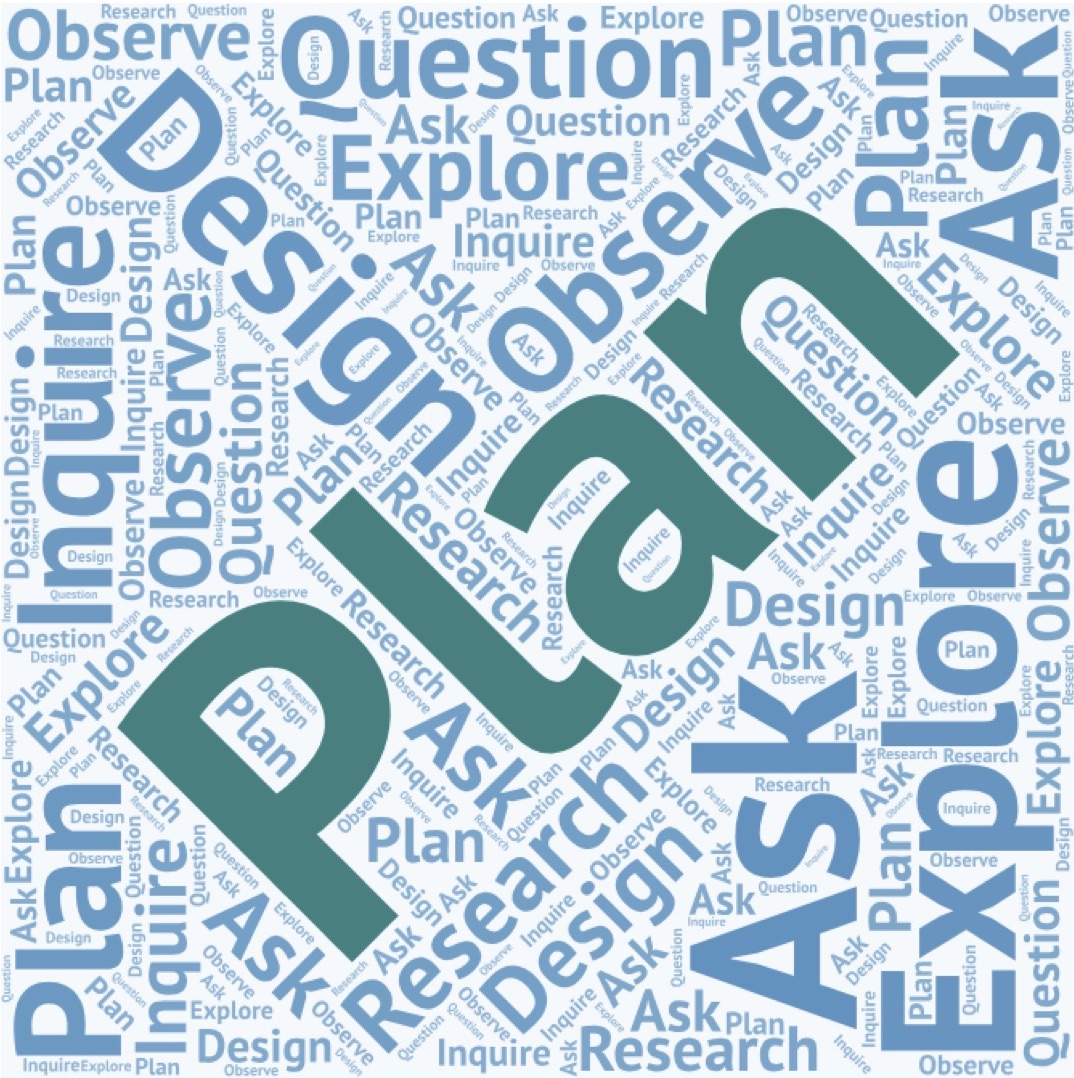Teacher Roadmaps - Planning your Study
Cross-check the Research Design with the Research Question to Plan the Course

Many students will choose to conduct experiments. Doing observational studies and investigations using existing data may be less obvious choices for students.
How can teachers guide students in these studies?
- Put out the tools and instruments that students will have access to in conducting their experiments. Show them to the students. If students have ideas that require other materials and they can bring them to class or you can acquire them easily, consider expanding the options on a team-by-team basis. Give their mentors an idea of the materials and space available.
- Have students write up a research plan. This is a description of their research design along with reflections and explanations of their decisions.
- Make sure that students do some qualitative data recording. Encourage drawings or photos, for example draw dissection of seeds to determine what's going on in the germinating seed.
- Include time for students to practice methods for their qualitative and quantitative data before the "official" start of data collection. The common scientific practice of doing a pilot study prior to larger study will likely be unfamiliar to students.
- Have the class gather and hear each other's research questions and research designs. At this point, students often have constructive ideas on how to improve each other's work. Have each team justify their question with evidence whenever possible. Have teams discuss their research plans with their scientist mentors.
The variety of student-generated questions in your class may lead to diverse types of data being collected by teams. Discuss comparing data across teams when possible. Do the types of measurements and units make the data comparable? Could students tweak their experiments to make data comparable across different types of experiments going on across the classroom and with other classes who might be doing this investigation?
While this might not always be possible, it would present the opportunity when students come to analyzing their data to look for larger scale patterns across data sets. Looking at a larger set of data can help students more easily see trends and patterns in the data and also notice where uncertainty and incongruity among data might need to be reconciled.
When possible plan the unit to allow time for students to do at least two investigations on the same topic, building on ideas uncovered in the first one. This will help students see how science is a body of understandings that build over time based on accumulated findings of many iterations of investigation. A single study never answers all questions. All studies have limitations. Providing an opportunity for students to recognize the strengths and weaknesses of their own and other team's project AND to then build on their conceptual understandings and skills offers students an authentic science experience.